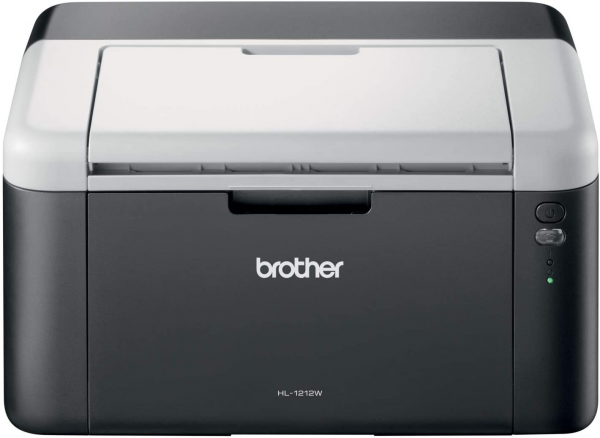Brother
Brother HL-1212W: a small, recommended monochrome laser printer
Aprox. 106€
See specificationsSold at a list price of € 99, the Brother HL-1212W represents the manufacturer's entry-level single-function laser. Very basic in its approach, it could nevertheless be a good plan given its price. Let's see if that's the case ...
Positive points
Low standby consumption.
Honest print speeds.
Good quality of office work.
Interesting cost per page.
Bad points
A simplistic model with very limited functionality.
Application that makes little effort.
Quite noisy.
High power consumption in printing.
Our review
Ergonomics
In its approach, which is intended to be extremely simple, the Brother HL-1212W does nothing wrong, it is just very basic, which explains its rating in this area. Quite compact block (340 x 238 x 189 mm for 4.6 kg), it can be positioned remotely from the computer thanks to its Wi-Fi connection, in addition to the inevitable USB 2.0 Type-B port. This is an important differentiating point compared to a Ricoh SP112, for example. The workmanship is generally correct, although, as we might expect, the plastics used are not of the best quality.
The HL-1212W has only two flaps. Once unfolded, the one at the top acts as a receptacle for printed sheets. The lower one serves as the only paper tray. It can hold up to 150 sheets of plain paper (80 gsm).
The printer is controlled from the computer or from the Brother iPrint & Scan application. No control screen or buttons other than those that turn on the printer and its Wi-Fi function.
Without a scanner, this printer can still copy a document through the application and using the photo sensor of a smartphone. In the same way, we can connect to different Cloud printing services. The application also allows you to view the status of the printer and keep an eye on the toner filling level.
However, Wi-Fi Direct is not supported by the printer. It is therefore not possible to connect quickly without identifying the device on a local network. Pity.
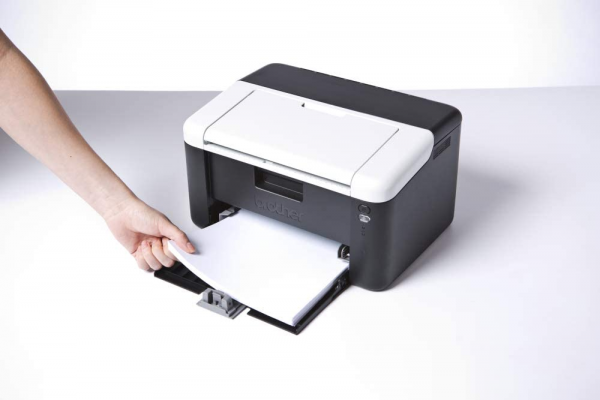
Consumption
Like all laser printers, the Brother HL-1212W does not shine with energy consumption. It raises our wattmeter around 450 W at work. One of fairly standard consumption for laser. In standby, it is sober and requires only 1 W.
We cannot say either that the HL-1212W is a model of silence. It raises our sound level meter to 58.2 dB when printing a document of several pages, its mechanisms being fairly audible.
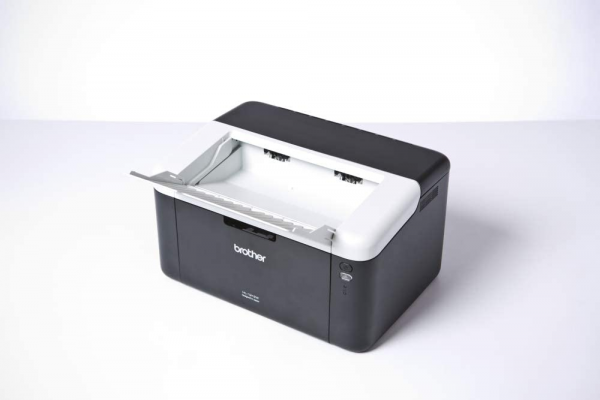
Cost per page
Unlike the Ricoh SP112 whose cost per page remains fairly high for a monochrome laser (€ 0.042 per page), the Brother HL-1212W is a good student in this area, its cost per page being 2.6 euro cents (€ 0.026 per page). A correct cost which demonstrates that it is possible to pay a fairly low cost for your laser printer at the base while benefiting from a printing price that does not fly when you change the toner.
Note that the toner delivered with the printer is not a so-called "start-up" toner, but a normal toner providing a capacity of 1,000 prints out of the carton. That's very good news.
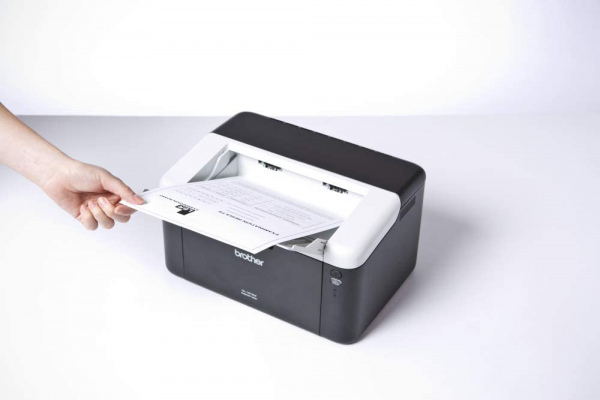
Office
If we are only interested in the printing part, we can say that the Brother HL-1212W does the job. The rendering of the texts is good, that of the graphics is correct, nothing to complain about at this level except that switching to 300 or 1200 dpi (the default mode is 600 dpi) allows you to modulate the rendering very slightly. eye while the impact on print throughput is minimal.
By default, the HL-1212W delivers up to 15 pages per minute, which, given its format and status, is an honorable result - Brother is still talking about a maximum of 20 pages per minute in its data sheets. We regret, on the other hand, that automatic duplexing is not managed, this function being reserved for more advanced models.
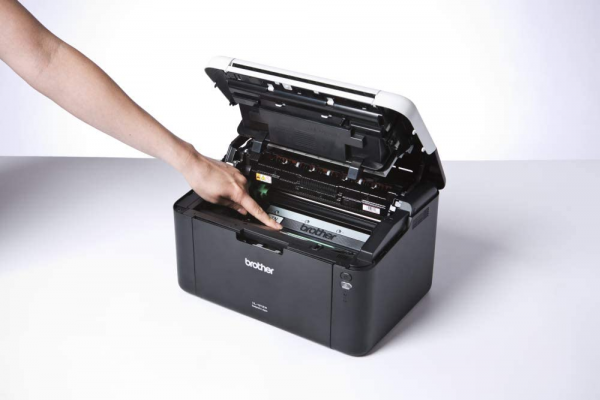
Conclusion
The Brother HL-1212W is a good printer for those who print little in black and white and who don't want to go broke. At ease in office work, this model is content with extremely basic features. One of its best arguments is the relatively low cost price of the printed page.
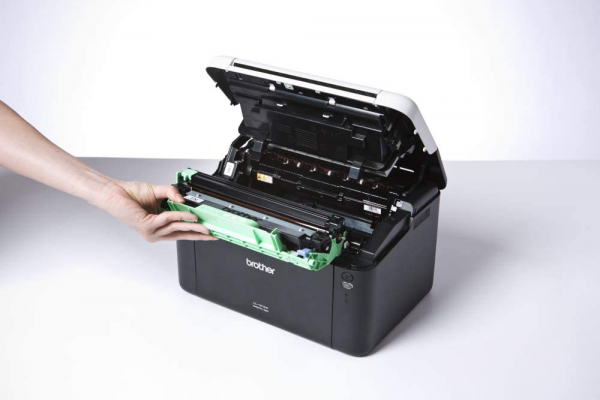
Specifications

